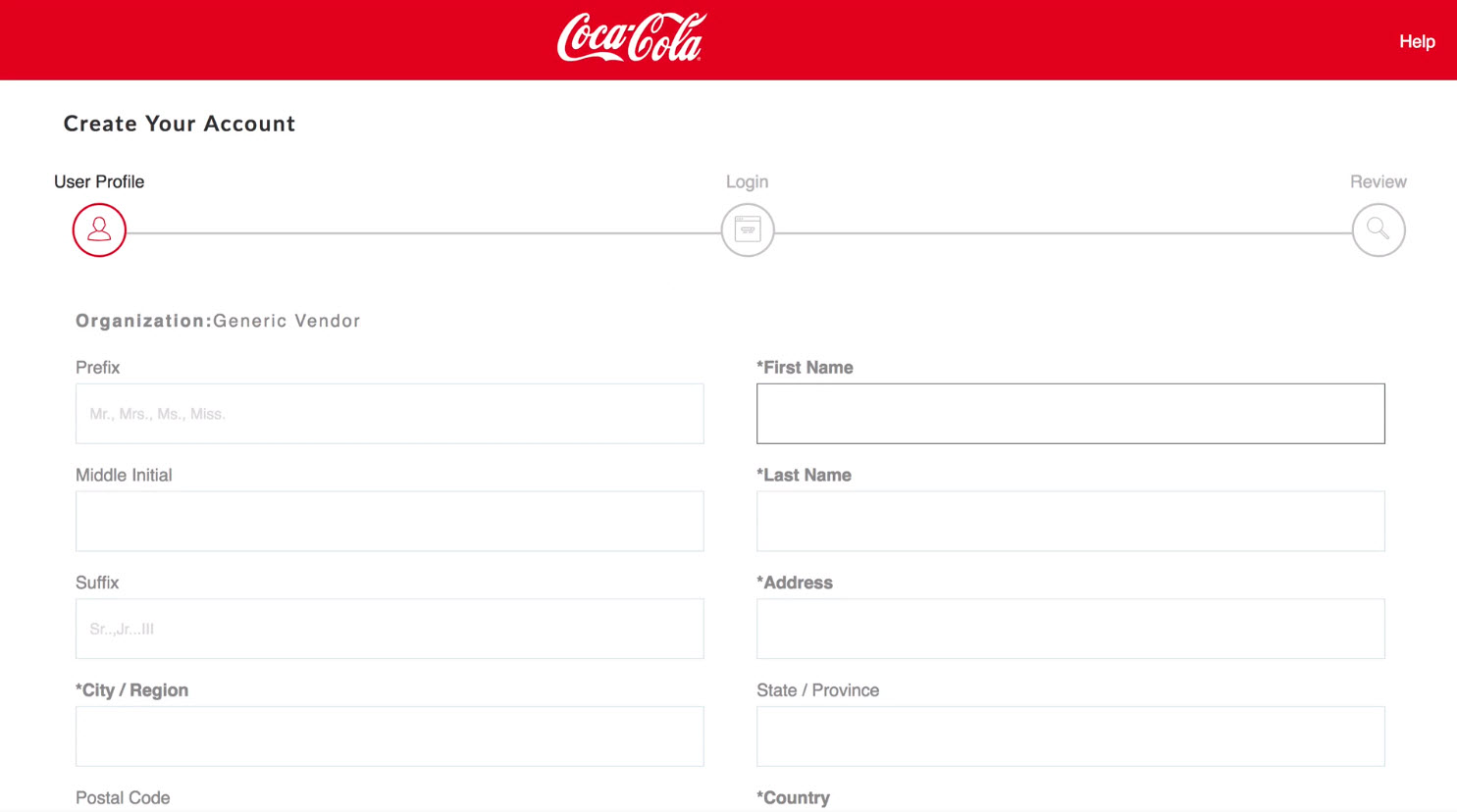
The boy also struggled with exhaustion, so he was taken to an ear, nose and throat doctor to see if he was having sleep problems due to his sinus cavities or airway. He visited a neurologist, who said Alex had migraines. “He would lead with his right foot and just bring his left foot along for the ride,” Courtney says.īut before starting physical therapy, Alex had already been experiencing severe headaches that were only getting worse.

The pediatrician then referred Alex to physical therapy because he seemed to have some imbalances between his left and right sides. Courtney didn’t agree, but she still brought her son back in early 2021 for a checkup. “We thought we were in the home stretch.”īut then she noticed Alex had stopped growing taller, so they visited the pediatrician, who thought the pandemic was negatively affecting his development.
/cloudfront-us-east-1.images.arcpublishing.com/gray/3W3NZ4SKJ5FRDMBX7U5HTYAWDE.jpg)
“Everything was better for a little bit,” Courtney says. She placed an expander in Alex’s palate, and it seemed like things were improving. The orthodontist found that Alex’s palate was too small for his mouth and teeth, which made it tougher for him to breathe at night. Airway obstructions impact a child’s sleep and could explain why he seemed so exhausted and moody, the dentist thought. The dentist “ruled everything out” but thought maybe Alex was grinding his teeth and believed an orthodontist specializing in airway obstruction could help. “Our sweet personality - for the most part - (child) is dissolving into this tantrum-ing crazy person that didn’t exist the rest of the time,” Courtney recalls. As it continued, they thought he had a cavity. When Alex began chewing on things, his parents wondered if his molars were coming in and causing pain.
/cloudfront-us-east-1.images.arcpublishing.com/gray/D5SD2QK2GVCXVOJJNUVMOLJW6A.jpg)
So, when ChatGPT suggested a diagnosis of tethered cord syndrome, "it made a lot of sense," she recalls. “I really spent the night on the (computer) … going through all these things." The frustrated mom made an account and shared with the artificial intelligence platform everything she knew about her son's symptoms and all the information she could gather from his MRIs. The beginning of the end of the journey came earlier this year, when Courtney finally got some answers from an unlikely source, ChatGPT. What followed was a three-year search for the cause of Alex's increasing pain and eventually other symptoms.Īlex saw 17 doctors over three years for his chronic pain, but none were able to find a diagnosis that explained all of his symptoms, his mom says. Then Alex began chewing things, so Courtney took him to the dentist.


 0 kommentar(er)
0 kommentar(er)
